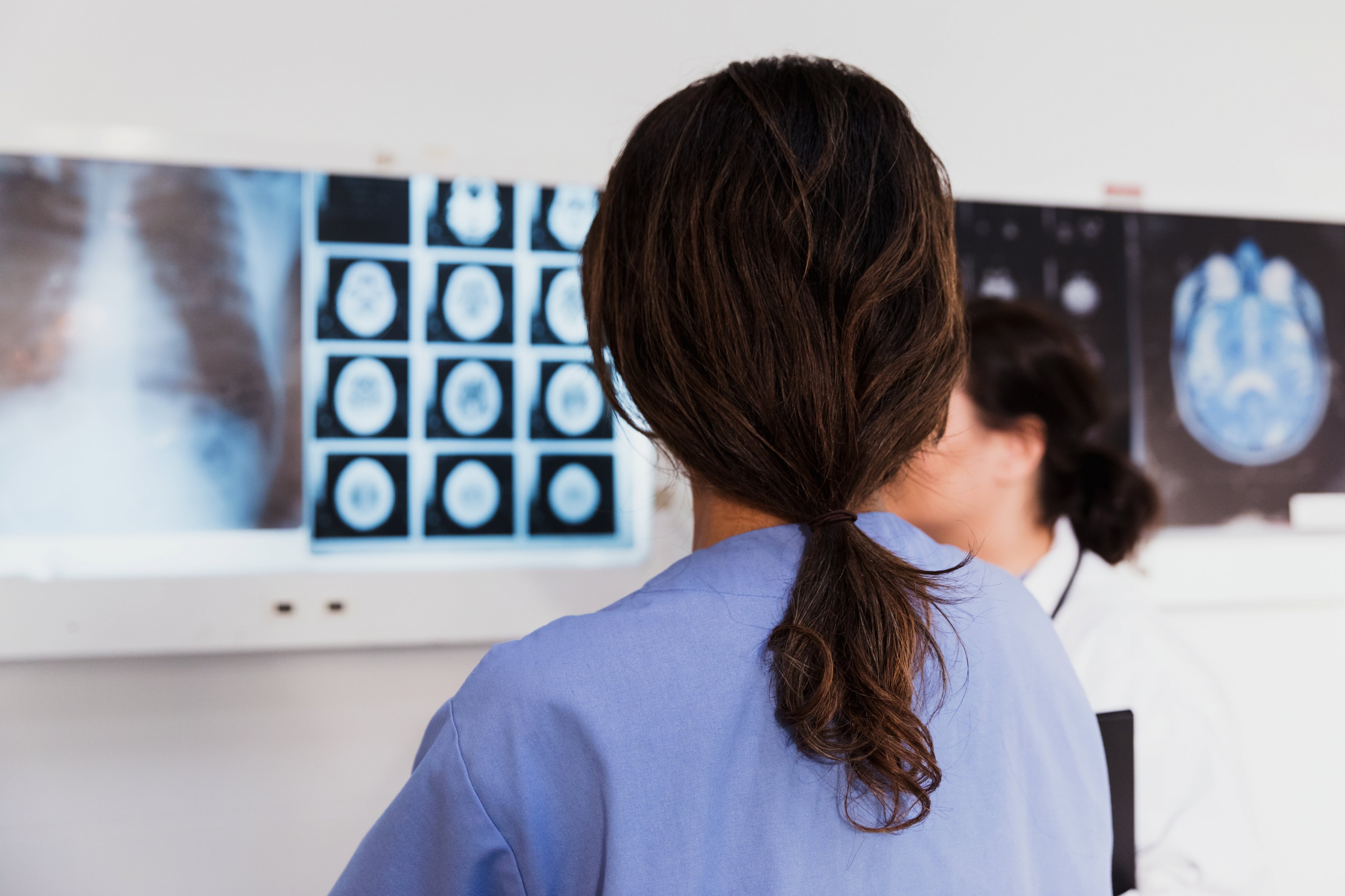
If you would like to learn more about the IAEA’s work, sign up for our weekly updates containing our most important news, multimedia and more.

CNS Studies
SYNOPTIC - STRUCTURED REPORT - KEY ELEMENTS
STRUCTURED TEMPLATES
The written report is the final product of the Nuclear Medicine consultation. Reports must contain specific information to identify the patient, the specific procedure, indications for the examination, radiopharmaceutical used and activity administered, route of administration, interval between tracer administration and imaging, succinct technical information about data acquisition and processing (especially the use and dose of additional drugs such as adenosine, CCK, morphine, lasix, etc), specific image and data analysis findings, and a conclusion.
The report should be concise, clear and specific. Standard anatomic designations and physiologic descriptors should be used. Jargon terms, such as "defect" or "photopenia", should not appear in the report. When possible, lesions should be specifically enumerated, physical size measured, and uptake quantified. When lesions are very numerous, the major areas of involvement should be specifically identified. When previous examinations are available, the improvement, progression or stability of disease should be identified. Examples of specific reports are contained with a description of each of the imaging procedures.
GENERAL STRUCTURE
The following elements should be included in all reports:
Patient identifier: Name, gender, birth date, medical record number
Date procedure started and date reported
Procedure Title
Indication: Brief statement of clinical problem and question to be answered
Technical factors: Radiopharmaceutical, dose, route of administration, type of scan, interval between injection and imaging, interventions
Reference to prior examination of the same type
Reference to other procedures
Findings: Address clinical question first.
Interpretation: As definitive as possible and avoid repetition of findings.
BRAIN SPECT PERFUSION SCAN PERFORMED ON [date]
Clinical Statement: [A 20 year old female with persistent seizures, referred for ictal imaging.]
Procedure: With the patient under continuous EEG monitoring, the tracer was injected intravenously within 60 seconds of seizure onset. About [45] minutes after tracer injection, SPECT data was acquired. Tomographic images were reconstructed and displayed in the transverse, coronal, and sagittal planes.
Radiopharamceutical: 99mTc-HMPAO; Activity: 20 mCi.
Correlative Studies: MRI performed [date]
Comparison: None.
Findings: [There is focally increased activity in the right anterior temporal lobe. Symmetric perfusion is present in the remaining cortical structures, basal ganglia and cerebellum.]
Conclusions: [Seizure focus in the right anterior temporal lobe]
RADIONUCLIDE CSF STUDY PERFORMED ON [date]
Clinical History: A 25-year-old-male with a history of CNS lymphoma, to be treated with intrathecal therapy.
Procedure: The radiopharmaceutical was injected into the Ommaya shunt reservoir. Images of the head and chest were obtained [typically immediate, 4 and 24 hours for Ommaya injection and 4, 24 and 48 hours for lumbar subarachnoid injection].
Radiopharmaceutical: 111In-DTPA; Activity: 0.5 mCi
Correlative Studies: None.
Comparison: None.
Findings: [Residual tracer is present in the Ommaya reservoir. There is prompt tracer entry into both lateral ventricles. Tracer is in the basal cisterns and around the spinal cord at 4 hours, and has ascended symmetrically over the convexities at 24 hours.]
Impression: Normal flow pattern
RADIONUCLIDE CSF LEAK STUDY PERFORMED ON [date]
Clinical History:
Procedure: The radiopharmaceutical was injected into the (lumbar subarachnoid space or shunt reservoir). Images of the head (or spine) were obtained at 4 hours. Blood samples were obtained prior to and 6 hours after injection. Pledgets were placed in (nose/external auditory canal), removed at 6 hours, and counted.
Radiopharmaceutical: 111In-DTPA; Activity: 1.0 mCi
Correlative Studies: None
Comparison: None
Findings: Images demonstrate ascent of tracer from the lumbar subarachnoid injection site to the basal cisterns and around the temporal lobes. There is no definite site of extra CSF distribution to suggest a leak.
The ratio of activity in the pledgets to that in blood is >3 in the left nasal pledget. The right nasal pledget has a ratio of 1.5. (RATIO OF 2 IS SUSPICIOUS; >3 suggests a leak), suggesting the presence of a CSF leak.
Conclusions: probable CSF leak in the left nasal cavity.
